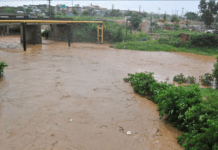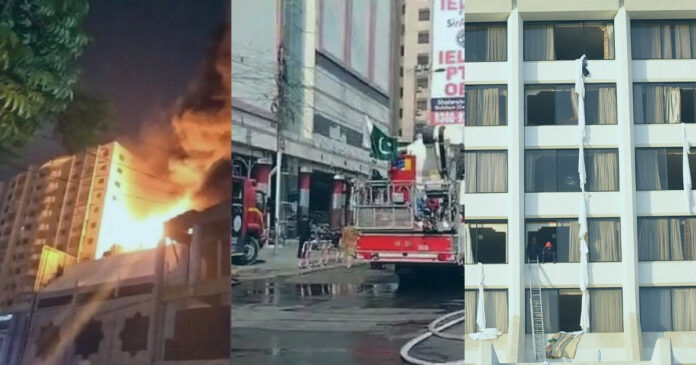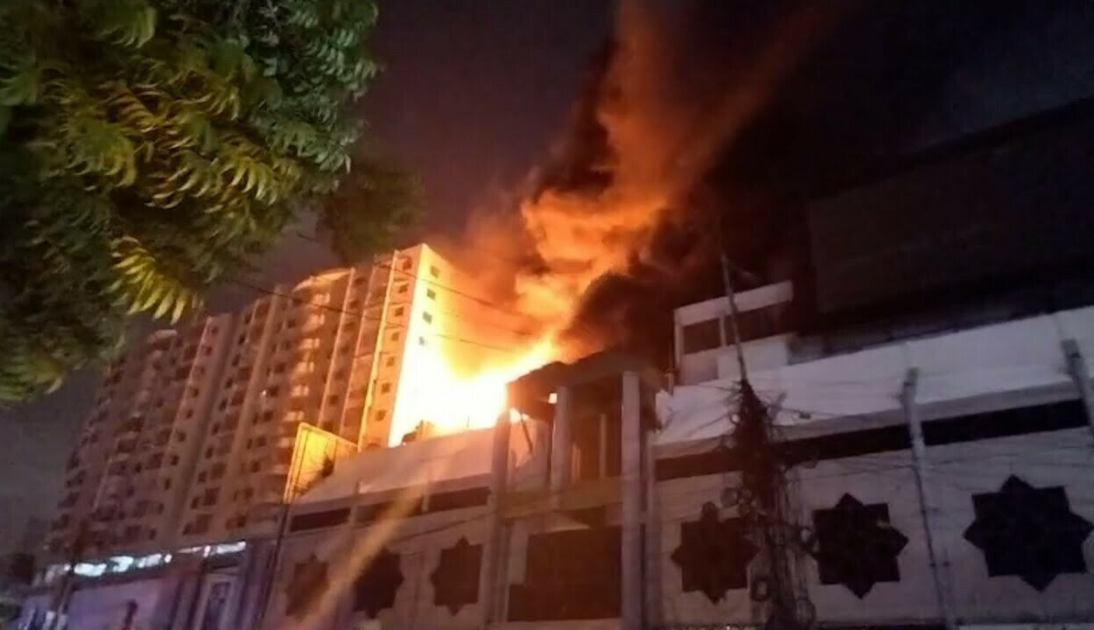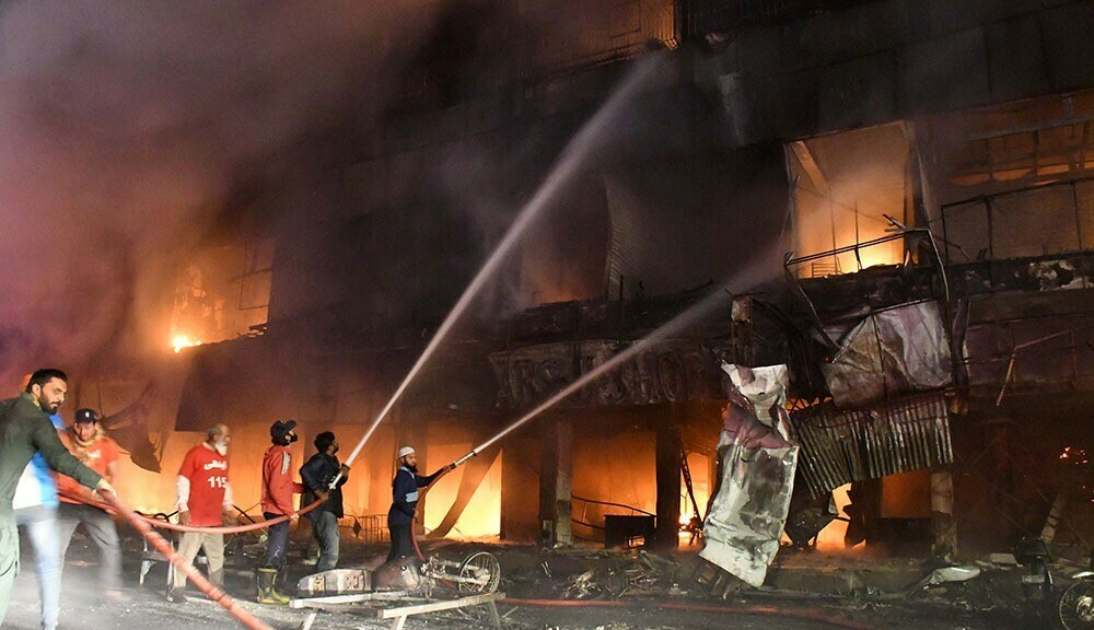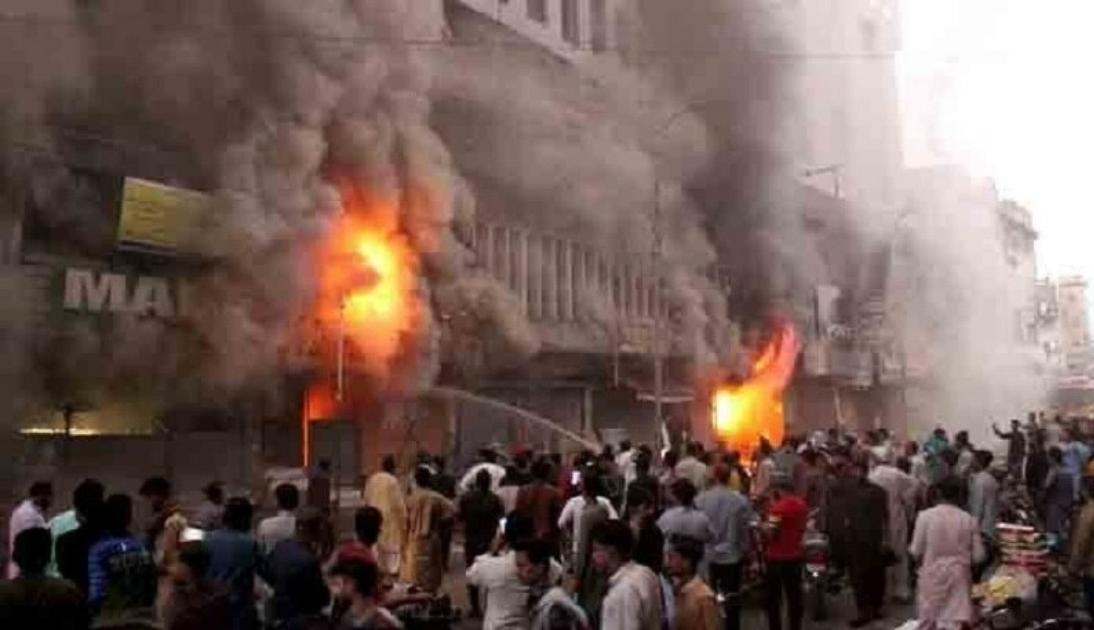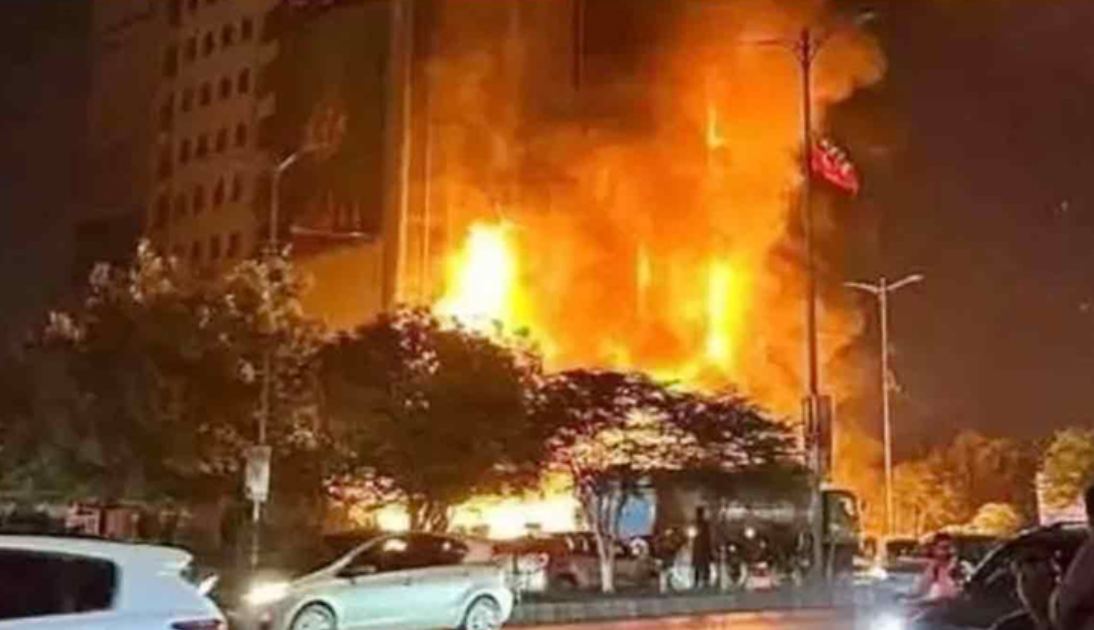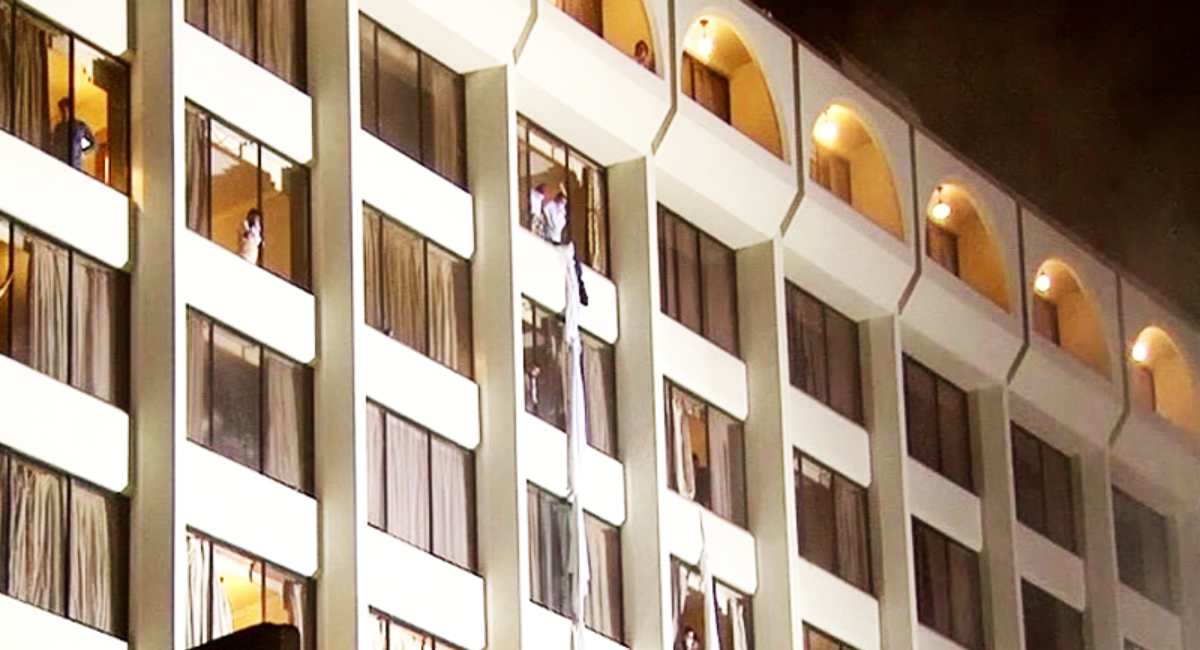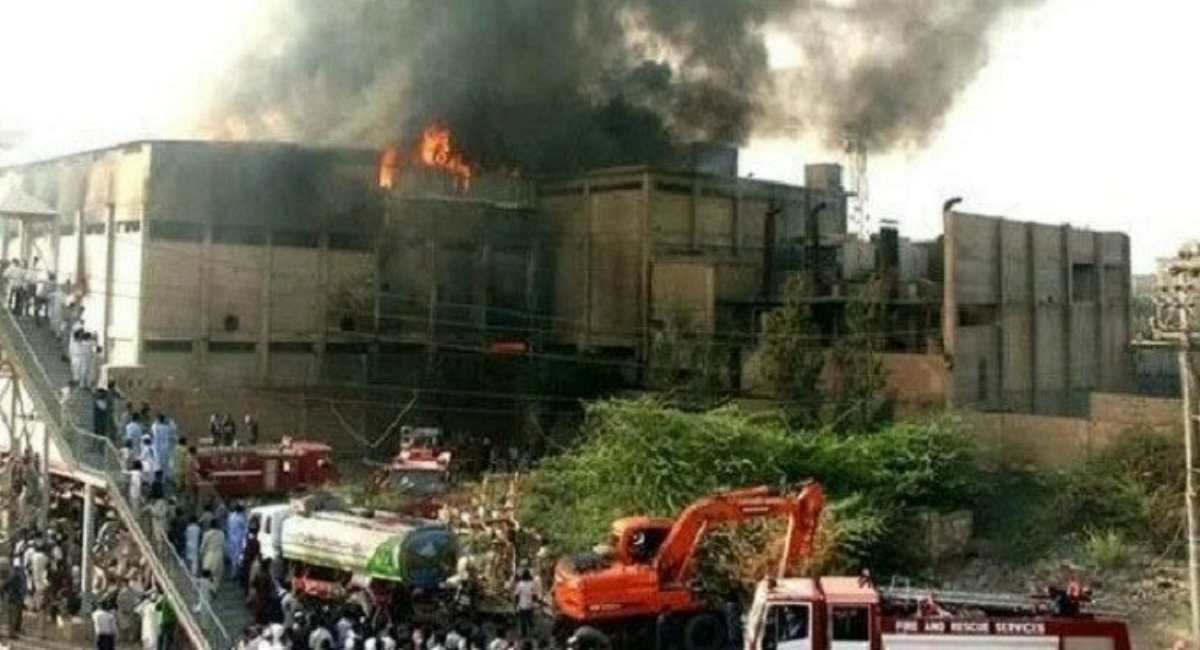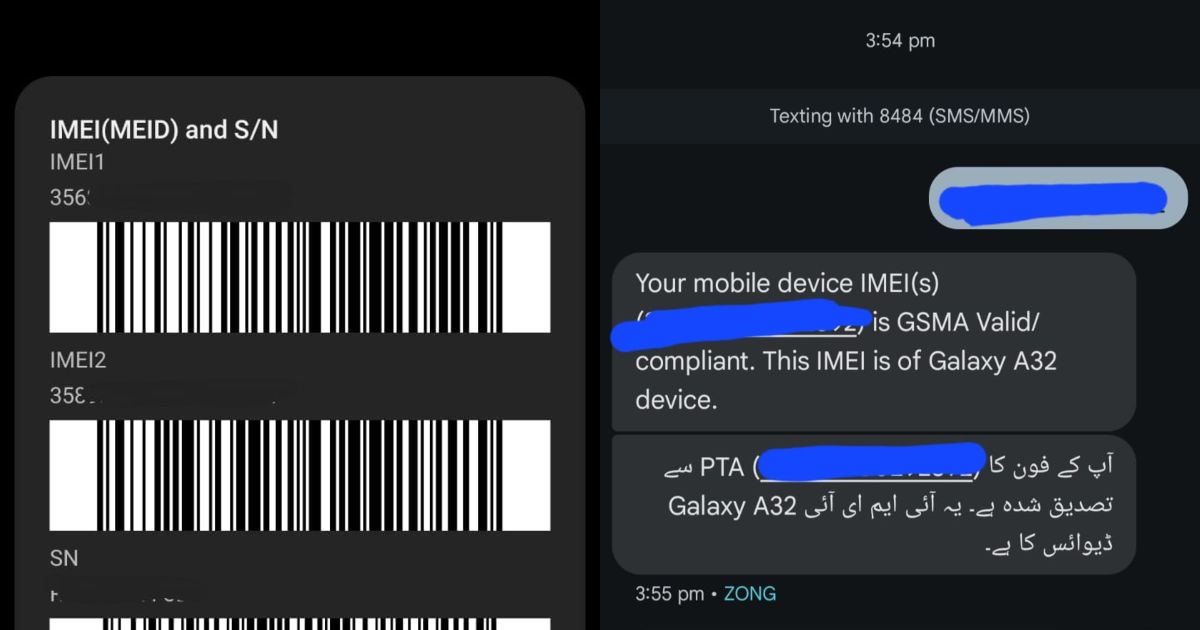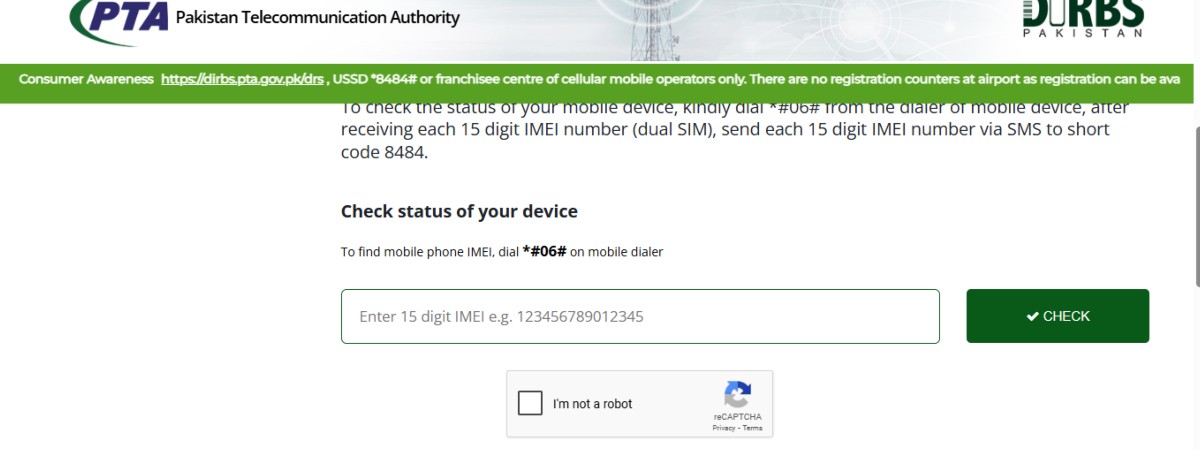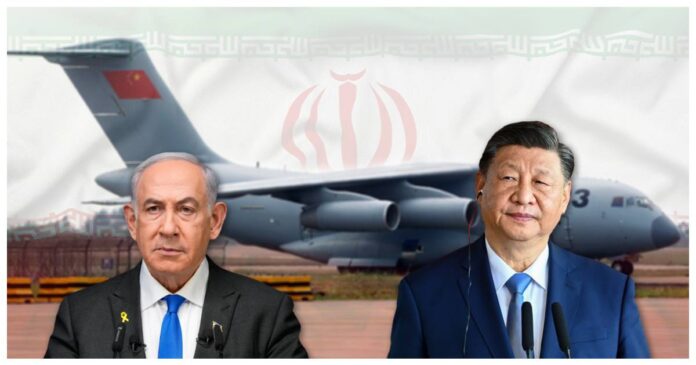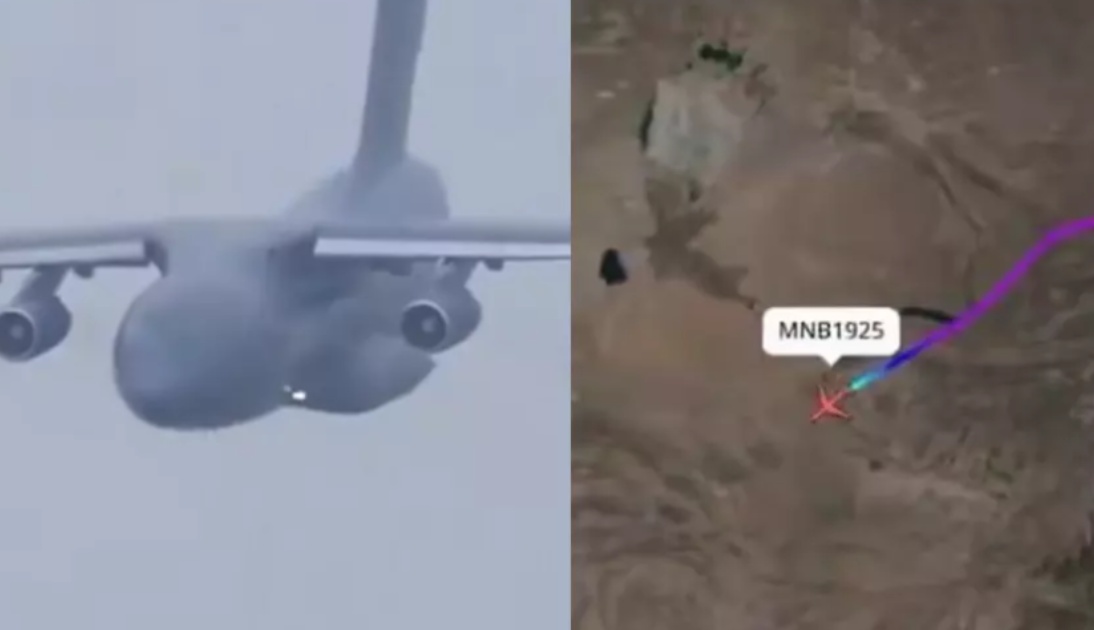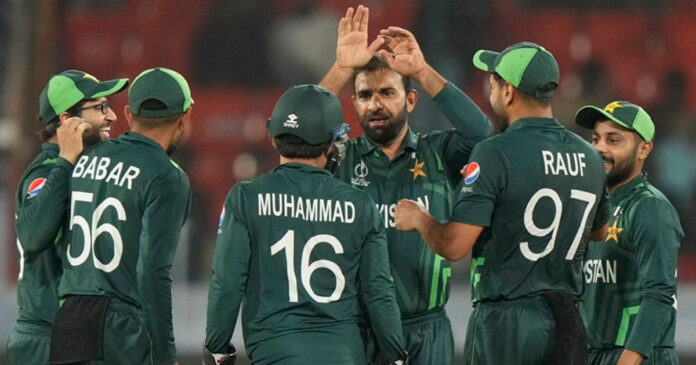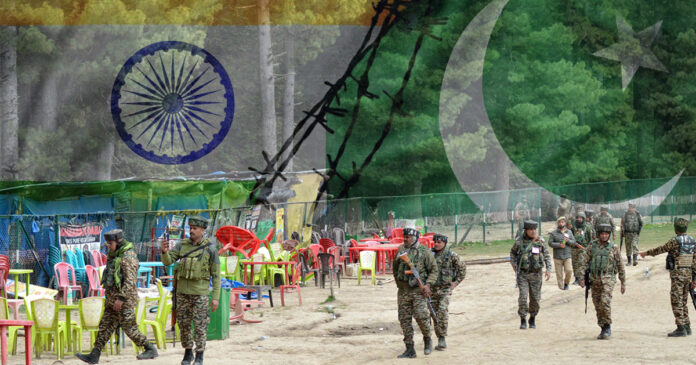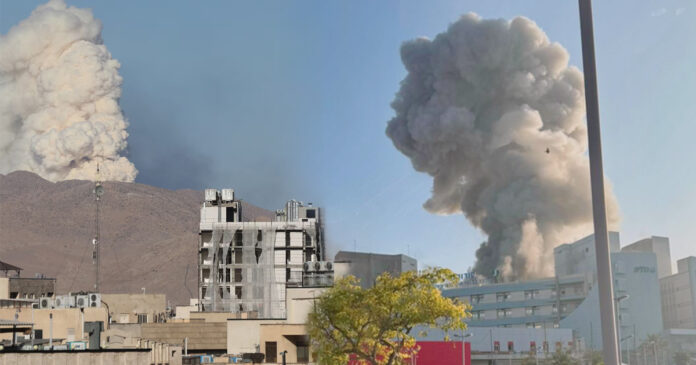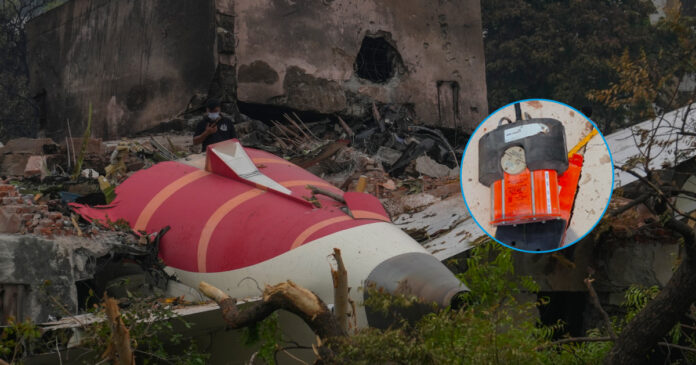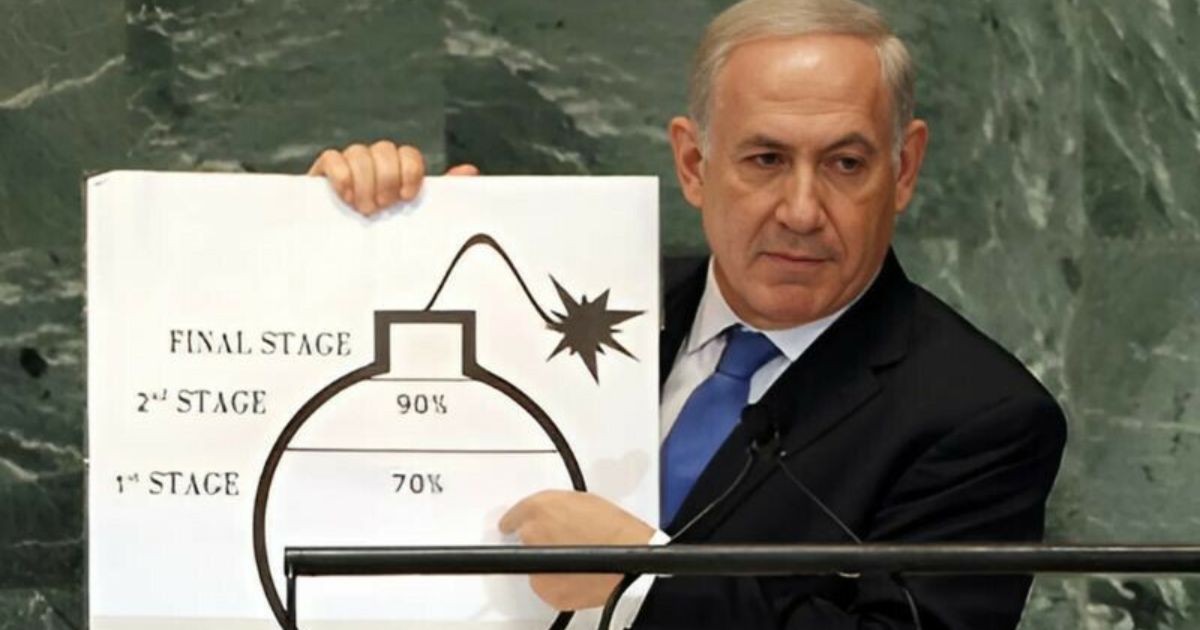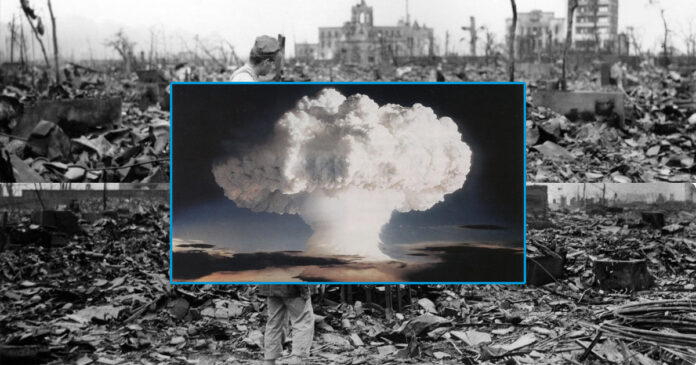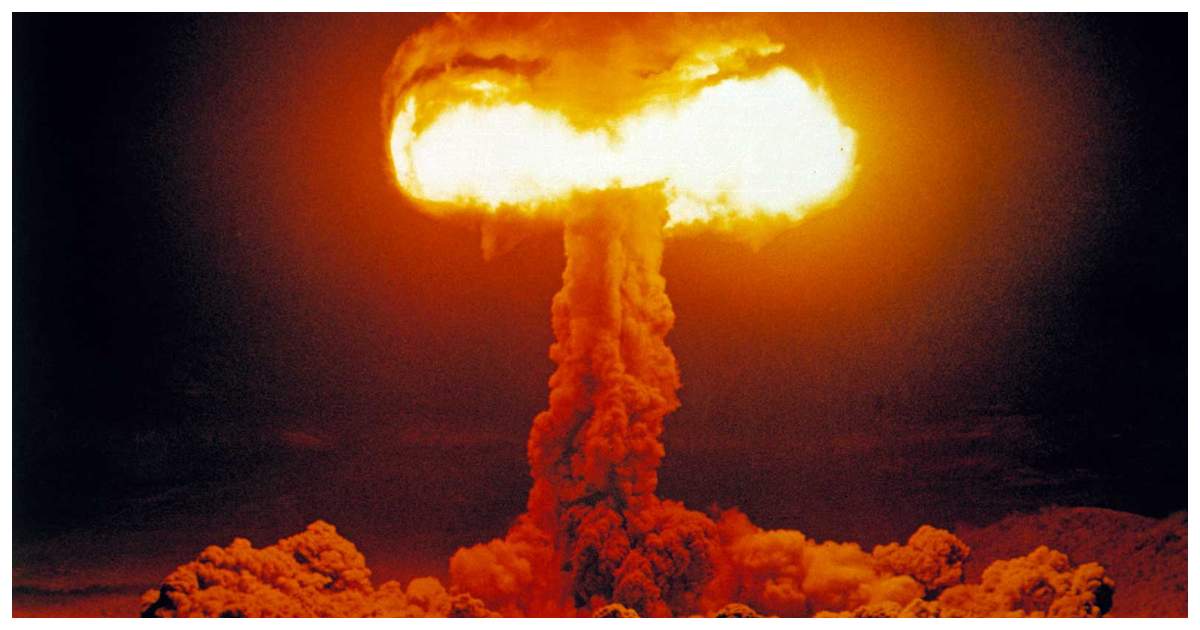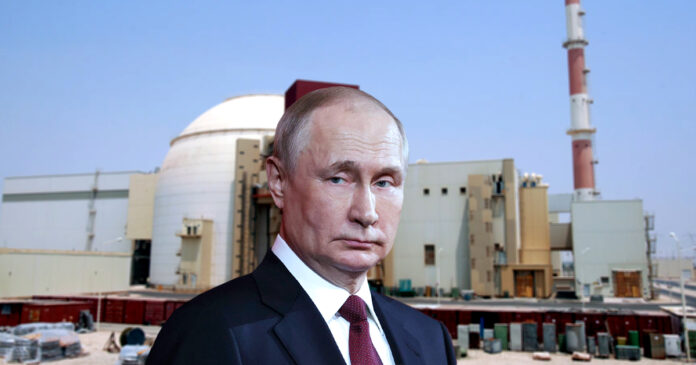Pakistan announced on Saturday that it plans to formally recommend U.S. President Donald Trump for the Nobel Peace Prize, acknowledging his role in ending the recent conflict between India and Pakistan.
Trump has often expressed his desire for the award and claimed credit for preventing a major war.
Some Pakistani analysts believe this move could influence Trump’s stance on joining Israel in attacks on Iran’s nuclear facilities.
Pakistan has strongly condemned Israel’s actions, calling them a breach of international law and a serious threat to regional peace.
Earlier in May, Trump unexpectedly announced a ceasefire between India and Pakistan, which ended four days of rising military tension.
He has since claimed he stopped a nuclear war, saved millions of lives, and received little recognition for it.
Pakistan agrees that the U.S. played a critical role in stopping the violence. However, India insists the ceasefire was a direct result of talks between its two militaries.
In a statement, Pakistan said:
“President Trump demonstrated great strategic foresight and stellar statesmanship through robust diplomatic engagement with both Islamabad and New Delhi, which de-escalated a rapidly deteriorating situation. This intervention stands as a testament to his role as a genuine peacemaker.”
Nominations and Reactions
Governments are permitted to nominate candidates for the Nobel Peace Prize. There was no immediate comment from U.S. officials, and Indian authorities did not respond to media requests.
Trump has often offered to mediate on the Kashmir issue, which remains the core conflict between India and Pakistan.
While Pakistan supports international involvement, India remains firm on handling the matter bilaterally.
Trump’s comments on Kashmir have challenged the traditional U.S. policy in the region, which had leaned towards India as a counterbalance to China.
These moves have also raised questions about his relationship with Indian Prime Minister Narendra Modi.
In a social media post on Friday, Trump listed several conflicts he claimed to have helped resolve, including the India–Pakistan situation and the Abraham Accords. He added:
“I won’t get a Nobel Peace Prize no matter what I do.”
Army Chief Meets Trump, Mixed Response in Pakistan
Pakistan’s announcement comes just days after Army Chief Field Marshal Asim Munir had lunch with Trump.
This was notable as it marked the first time a Pakistani military leader was hosted at the White House while an elected civilian government was in power in Islamabad.
Trump’s scheduled meeting with Modi at the recent G7 summit in Canada did not occur after Trump left early, but the two later spoke by phone.
According to the Indian government, Modi told Trump:
“India does not and will never accept mediation” regarding its dispute with Pakistan.
Mushahid Hussain, a former head of Pakistan’s Senate Defence Committee, supported the nomination:
“Trump is good for Pakistan. If this panders to Trump’s ego, so be it. All the European leaders have been sucking up to him big time.”
However, not everyone in Pakistan agreed with the decision. Critics pointed to Trump’s support for Israel’s actions in Gaza and the broader Middle East, which has caused outrage in Pakistan.
Talat Hussain, a prominent political talk show host, criticised the move on X (formerly Twitter): “Israel’s sugar daddy in Gaza and cheerleader of its attacks on Iran isn’t a candidate for any prize. And what if he starts to kiss Modi on both cheeks again after a few months?”
Stay tuned to Brandsynario for the latest news and updates.





